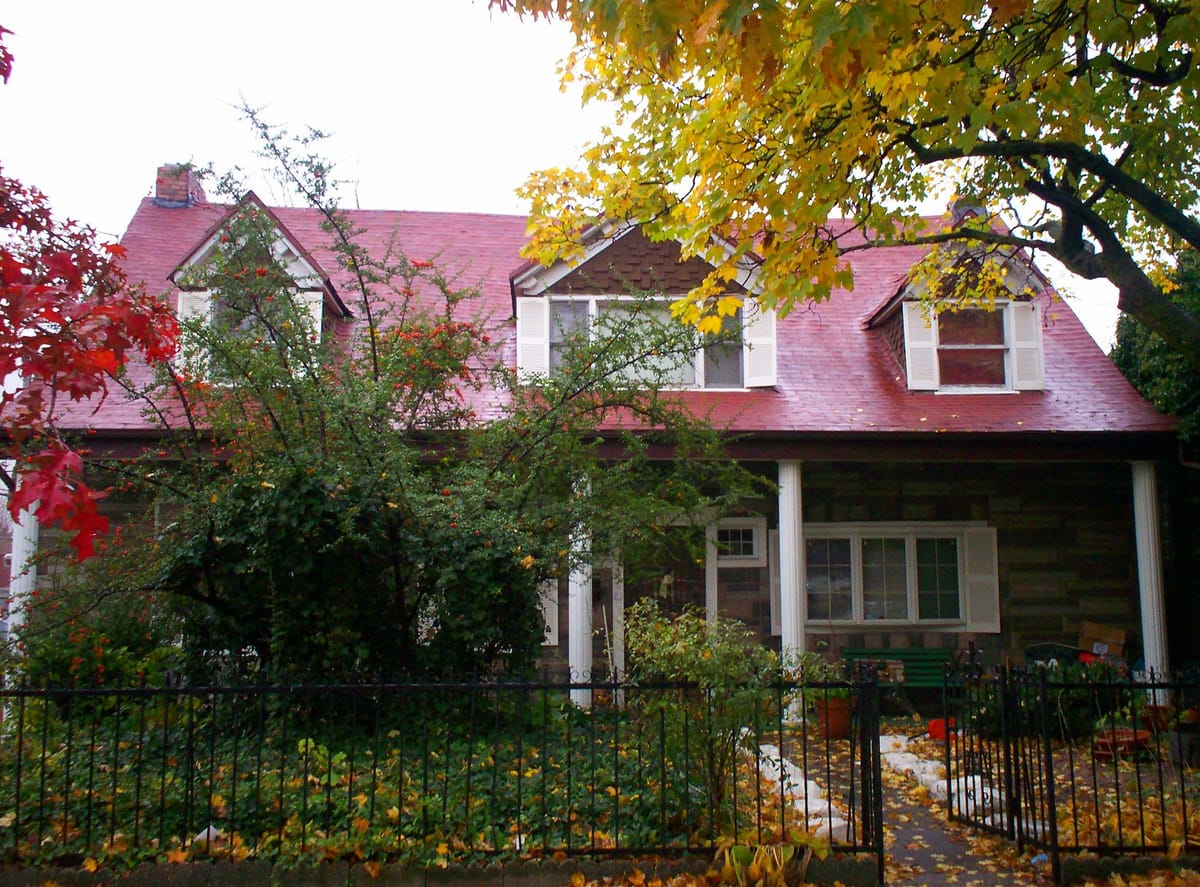Rejoice, Gravesend! Lady Moody’s House Receives Landmark Status


After more than a half century of waiting, Gravesend’s historic Lady Moody-Van Sicklen House has finally achieved landmark status.
The city’s Landmarks Preservation Commission (LPC) granted the designation to the 18th-Century Dutch-American farmhouse, which once belonged to Gravesend founder Lady Deborah Moody, during a public meeting on Tuesday.
The Brooklyn Daily Eagle reports it took the commission only four minutes to unanimously support landmarking the home. The designation gives the house — an indispensable part of Gravesend’s history and character — protected status that prevents it from being demolished or altered without the commission’s thumbs up.
Gravesend historian Joseph Ditta, who runs the Gravesend Gazette, celebrated the decision on his website:
This great news has me feeling elated and exhausted and a million other things at once. I send my deepest gratitude to everyone who wrote to the LPC, or spoke at the hearing last fall, or just kept their fingers crossed and sent good thoughts for this magical outcome. I can’t imagine a Gravesend without this house. And now, thankfully, I don’t have to!
The Lady Moody House, located at 27 Gravesend Neck Road, has languished on the LPC’s backlogged properties for more than 50 years. It is one of only a handful of remaining Dutch Colonial homes in New York City. Much of the property is unchanged since it was first built — many of the original floors, beams, and fireboxes remain in the home. The initials of Thomas Hicks, who lived the house in the 1800s, are still carved on a beam in the living room, the house’s previous owner told the LPC last year.
The Lady Moody House was put up for sale in September, according to a listing on Zillow, though the owners seem to have changed their mind since the post now says the home is no longer on the market.
In 2014, the LPC announced it would address its backlog of nearly 100 historic sites, including Lady Moody’s. Supporters rallied to the home, sending in letters, giving public testimony and circulating an online petition.
Assemblyman Steven Cymbrowitz, who represents the area where Lady Moody’s is located, sent out a press releasing praising the commission’s decision to landmark the home.
“We can all breathe a sigh of relief,” he said “In a community where precious few artifacts remain from our long history, this structure reminds us all of a remarkable woman named Lady Deborah Moody who started it all.”
It hasn’t been all good news for southern Brooklyn’s historic structures. The Coney Island Pumping Station, built in 1938 by famed architect Irwin Chanin and prized for its limestone and granite Moderne structure and jewel-shaped windows, was removed from the LPC’s calendar earlier this year. It was first considered for landmark status in 1980.



